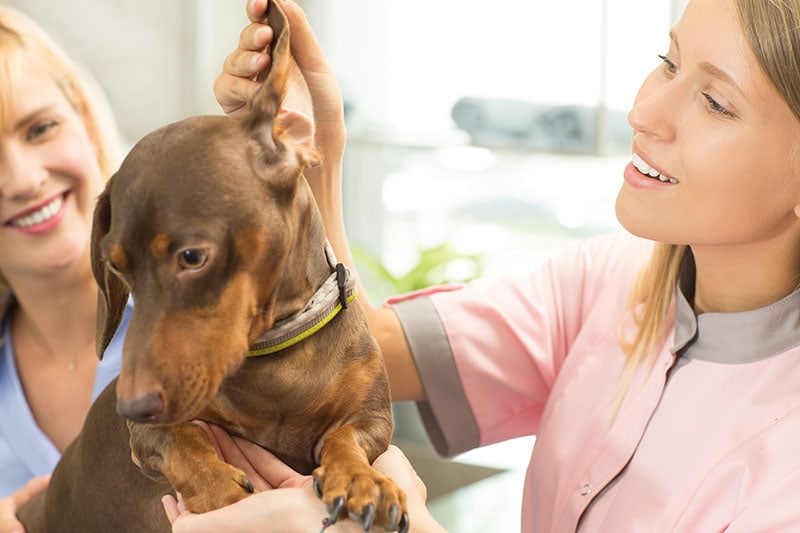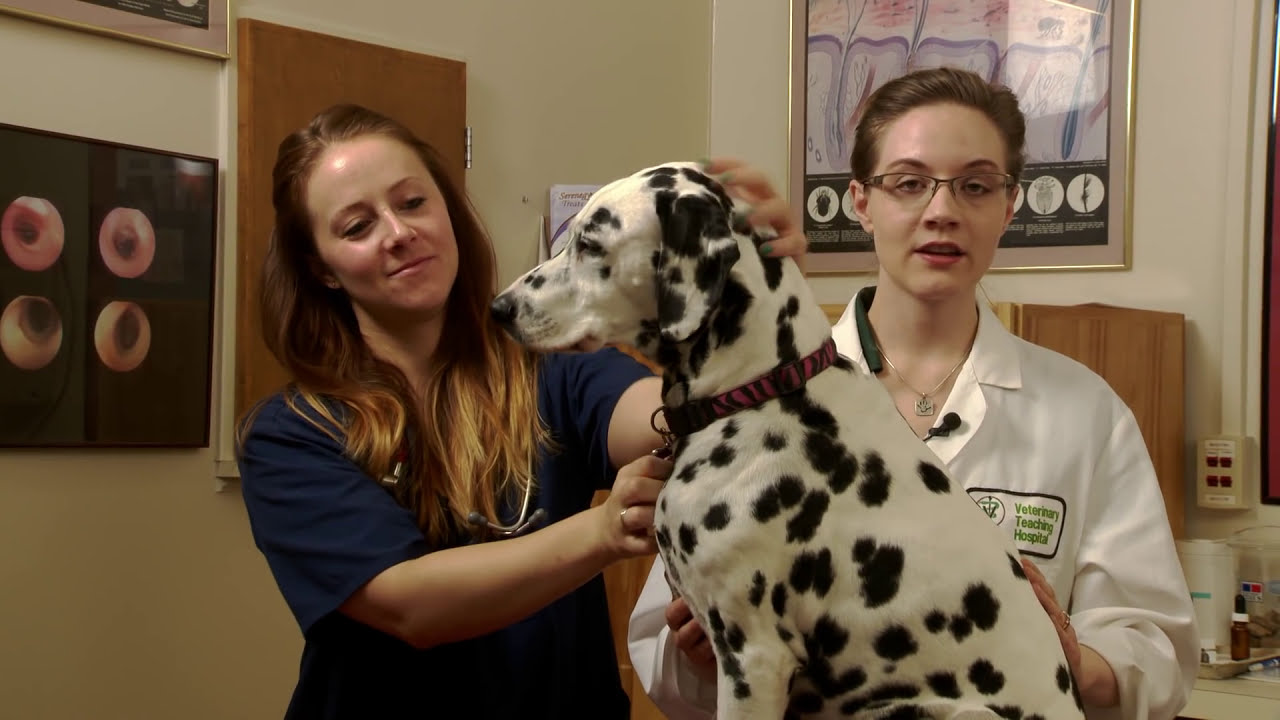Dachshunds, known for their playful personalities and unique physique, hold a special place in the hearts of dog lovers worldwide. However, their adorable floppy ears come with a drawback—an increased risk of ear infections. Understanding the unique anatomy of dachshunds and learning to recognize, treat, and prevent ear infections is essential for keeping your furry friend comfortable and healthy.
In this guide, we’ll explore the causes, symptoms, treatments, and prevention tips to ensure your dachshund’s ears remain in top condition.
Contents
Understanding Dachshund Ear Anatomy

Dachshunds’ ears are uniquely designed, with long, narrow ear canals and floppy ear flaps that contribute to their susceptibility to infections. Let’s break down these characteristics:
Long, Narrow Ear Canals
Dachshunds’ ear canals are longer and narrower than those of many other breeds, making it easier for debris and moisture to become trapped. This creates a warm, damp environment ideal for bacterial and yeast growth. The limited airflow further exacerbates the issue, increasing the risk of irritation and infection.
Hairy Ear Canals
Hair inside the ear canal can trap debris and hinder ventilation. In some cases, excessive hair growth may irritate the ear canal, leading to inflammation. Regular grooming and cleaning can help mitigate this issue.
Floppy Ear Flaps
Dachshunds’ floppy ears, while endearing, cover the ear canal, trapping warmth and moisture. This setup creates an ideal breeding ground for microorganisms, making regular checks and cleanings a critical part of their care routine.
Recognizing Symptoms of Ear Infections

Early detection is key to managing ear infections and preventing them from escalating. Watch for these common signs of an ear infection in your dachshund:
- Scratching or rubbing the ears.
- Frequent head shaking or tilting.
- Redness, swelling, or visible irritation in the ears.
- Foul odor emanating from the ears.
- Discharge or wax buildup.
- Sensitivity or pain when the ears are touched.
- Behavioral changes, such as irritability or lethargy.
If you notice any of these symptoms, consult a veterinarian promptly. Left untreated, ear infections can lead to more severe complications, such as hearing loss or inner ear damage.
Common Causes and Risk Factors

Several factors contribute to ear infections in dachshunds. Understanding these causes can help you take preventative measures:
Bacterial Infections
Bacteria like Staphylococcus pseudintermedius are naturally present on your dog’s skin and in their ears. However, when the environment inside the ear becomes imbalanced—often due to trapped moisture—these bacteria can overgrow, leading to infection.
Yeast Overgrowth
Yeast infections are another common culprit. Conditions such as excessive moisture, allergies, or hormonal imbalances can disrupt the natural balance of yeast in the ear, causing irritation and infection.
Allergies
Environmental and food allergies are prevalent in dachshunds and can lead to skin inflammation, including in the ears. This irritation weakens the skin’s defenses, making it easier for infections to develop.
Ear Mites
Ear mites, tiny parasites that thrive in the ear canal, can cause significant discomfort and irritation. If left untreated, these mites can lead to secondary infections.
Foreign Objects
Debris, grass seeds, or dirt lodged in the ear canal can irritate and damage the ear, increasing the likelihood of infection.
Diagnosing and Treating Ear Infections

If you suspect your dachshund has an ear infection, visit a veterinarian for an accurate diagnosis and tailored treatment plan.
Diagnosis
The vet will:
- Perform a physical examination of the ears.
- Take samples of any discharge for microscopic analysis.
- Possibly recommend further tests, such as a culture or imaging, to identify the cause and severity of the infection.
Treatment Options
Treatment depends on the type and severity of the infection. Common treatments include:
- Medications: Antibiotics for bacterial infections, antifungals for yeast infections, or anti-inflammatory drugs to reduce swelling and pain.
- Ear Cleaning: The vet may flush and clean your dog’s ears to remove debris and discharge.
- Topical Treatments: Ear drops or ointments to target infection directly.
- Removal of Irritants: Foreign objects or excessive hair may be removed to promote healing.
Follow your veterinarian’s instructions closely and complete the full course of treatment to prevent recurrence.
Preventing Ear Infections in Dachshunds
While dachshunds are naturally prone to ear infections, proactive care can significantly reduce their frequency and severity. Here are some preventive measures:
1. Regular Cleaning
Use a vet-approved ear cleaner to gently clean your dachshund’s ears. Avoid inserting cotton swabs into the ear canal, as this can push debris further in or cause injury.
2. Grooming
Trim excessive hair around and inside the ears to improve airflow and reduce debris buildup.
3. Keep Ears Dry
After bathing or swimming, dry your dog’s ears thoroughly with a towel or a blow dryer on a low, cool setting. Moisture is a primary factor in ear infections.
4. Manage Allergies
Work with your veterinarian to identify and manage potential allergens, whether environmental or dietary.
5. Monitor Behavior
Keep an eye out for early signs of ear irritation, such as head shaking or scratching, and address them promptly.
6. Provide a Clean Environment
Regularly clean your dachshund’s bedding and keep their living area free from excessive dust and allergens.
When to Seek Veterinary Help
If your dachshund shows persistent symptoms of an ear infection, such as continued head shaking, foul odors, or visible discharge, consult your veterinarian immediately. Prompt treatment can prevent the infection from spreading or becoming chronic.
Conclusion
Dachshunds’ unique ear structure makes them more susceptible to ear infections, but with attentive care and regular monitoring, you can keep their ears healthy and infection-free. By understanding the causes, recognizing early symptoms, and implementing preventive measures, you’ll ensure your dachshund remains happy, comfortable, and ready to charm you with their playful personality. With a little extra care, those adorable floppy ears will stay in great shape for years to come.
